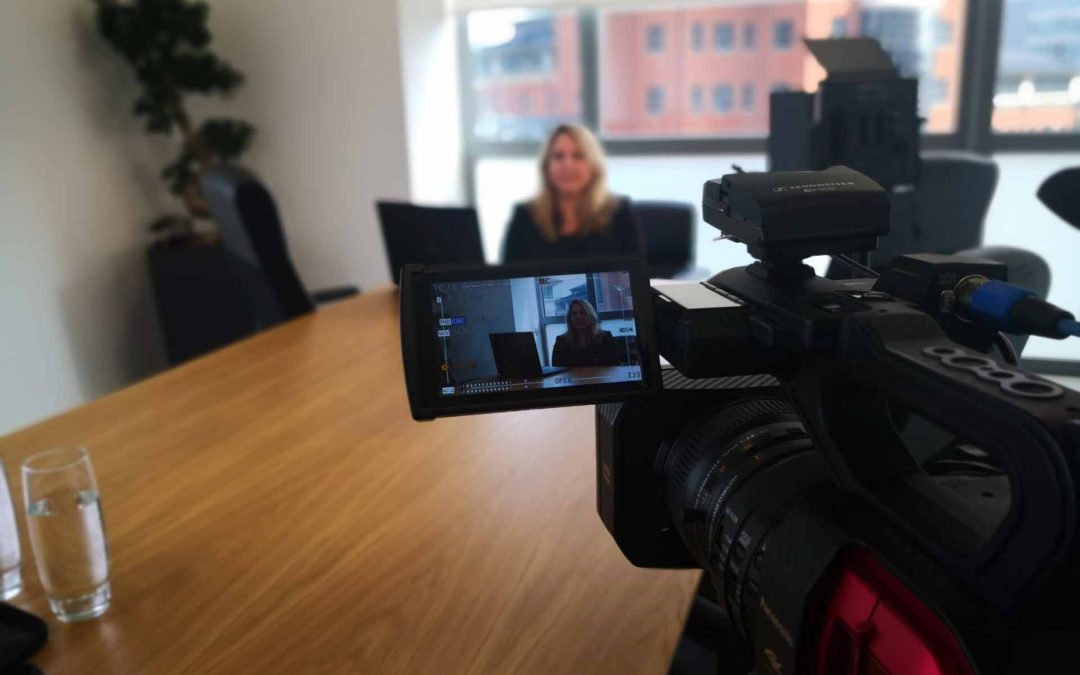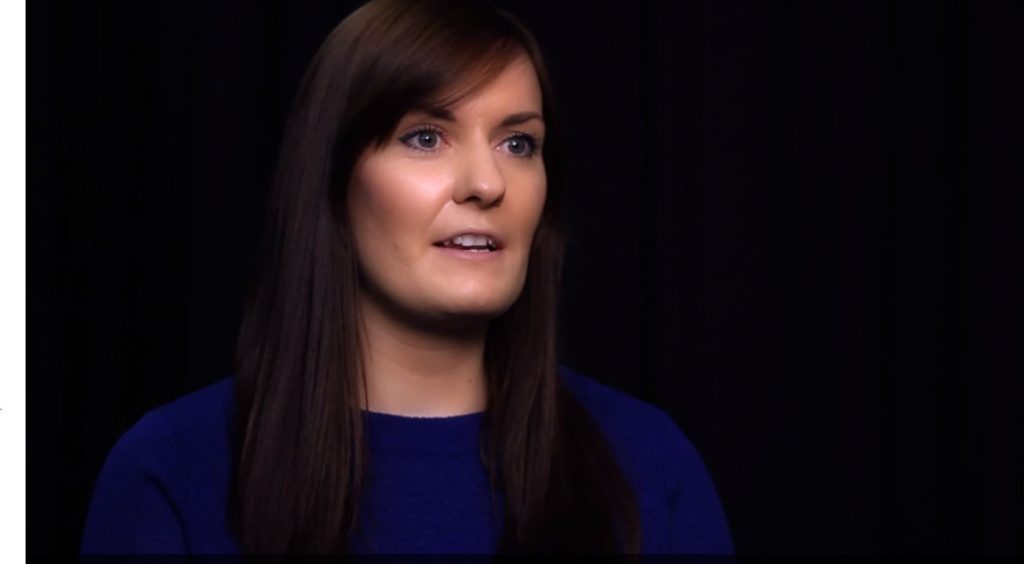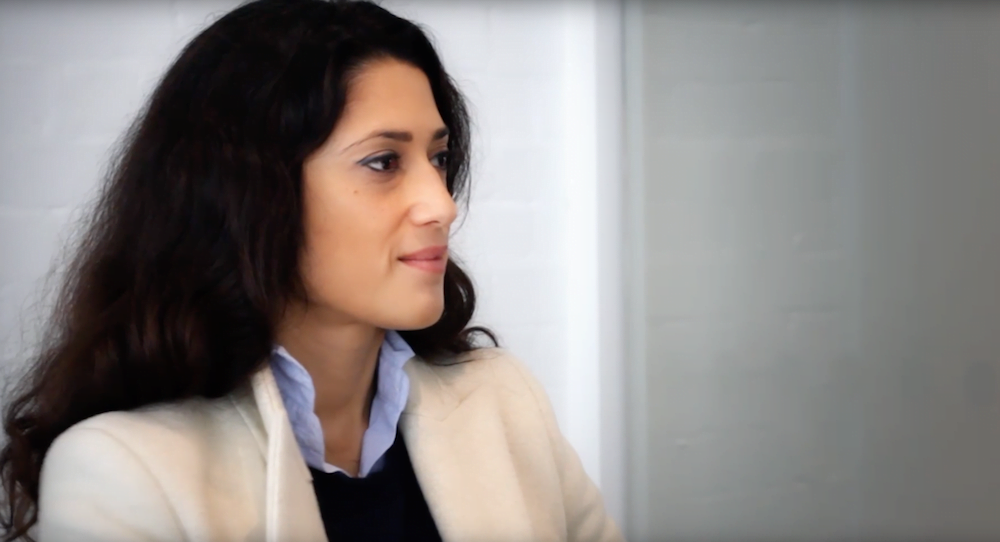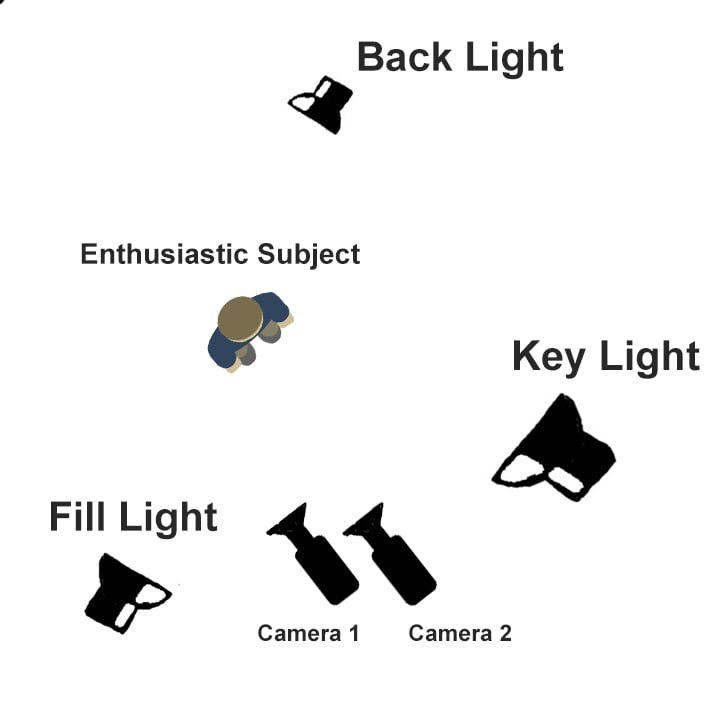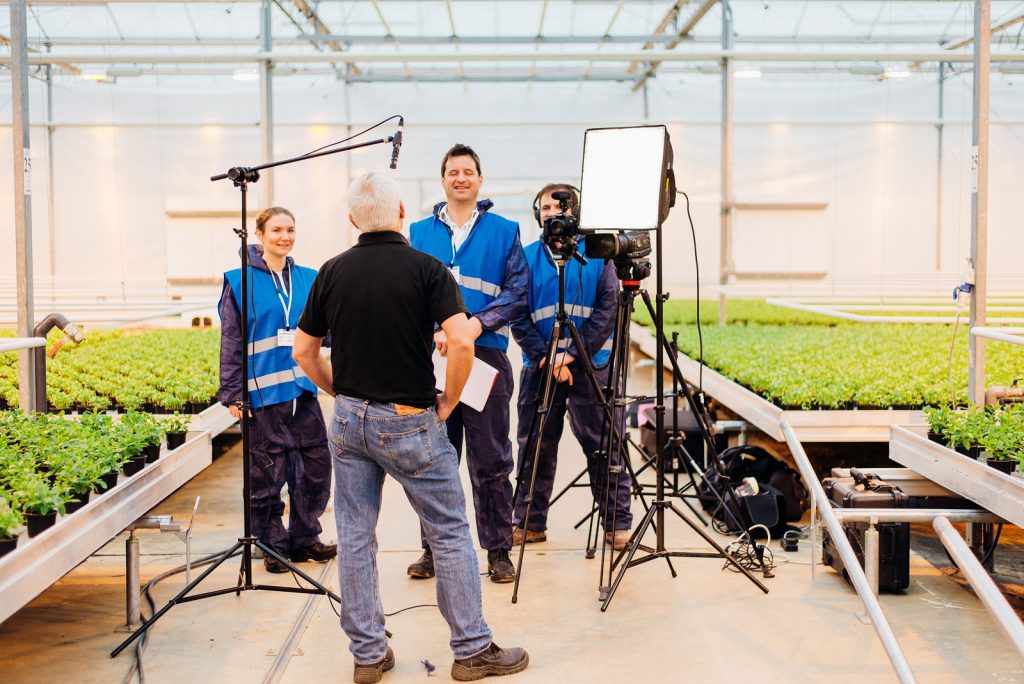Our top interview tips
Research & preparation
Good research is the key to getting a great interview. Anticipate what direction you’d like the interview to go – do research on your interviewee and be well versed on the interview’s subject matter.
Though your research you’ll learn what you don’t know. Surprise responses may be the interview ‘gold’ you need to make the story compelling and unique. What has the on-screen talent said in the past about the subject? What have they not said?
Similarly, you should find that asking open-ended questions will elicit better, more interesting responses.
Outline
While there is definitely an uncontrollable element to every interview, it’s important to have a solid outline for what you need to have covered. It doesn’t need to be super complex, just enough to help you get an idea for how you want the story to progress.
One top interview tip tactic is to start the questioning with safe and easy questions. This will make the interviewee more at ease and create a ‘safe’ interviewing environment. Wait to ask the ‘hard’ questions once the interview cadence and atmosphere has been set.
Location scout
As with any film shoot, location scouting is critical. Yes, this means physically going to the location ahead of the shoot date. What type of lighting does the environment provide? Is there electrical power? Is there any ambient noise? What other problems can you anticipate?
You don’t want to have any surprises on the shoot day.
Pack extra batteries and memory cards
There’s no way to know exactly how long an interview may run. You don’t want the limitations of your batteries or memory to cut an interview shoot short, so make sure you pack plenty of both.
Communicate with your talent before the shoot
Communicating with your talent before the day of the shoot is a great way to minimise surprises on shoot day. You don’t want to show up on set the day of the shoot only to find that your talent has worn a bright green striped shirt. It’s for this reason a top interview tip is that I always send my talent a checklist with what to expect, clothing considerations, and contact information.
Pick a style
Before you can pick the right equipment and questions for your interview you need to define a creative style for your production.
Will the interviews be flatly lit or have dramatic lighting? Will the interviewer be seen on camera as well?
Whether you’re emulating a style you’ve seen or come up with your own style formula, you need to make sure that the look is clearly defined and communicated before the videoing starts.
Use a professional sound recordist
Bad sound is a quick way to lose the attention of your audience, and unfortunately, many documentaries/interviews suffer from poor audio. Have a person on your crew who’s solely responsible for recording and monitoring on-set audio. In a top interview tips setting the audio is arguably more important than the video.
Questions
Just as you should have at least a rough outline of how you’d like the interview to proceed, you should also come up with a list of possible top interview tips questions. Although many producers/filmmakers choose to share interview questions with the ‘talent’ ahead of the shoot, I’d warn against it. If the interviewee has the exact questions before the shoot they’ll likely pre-formulate their responses. This can quickly make an interview feel uninspired and boring. Instead, just send over a broad list of topics you’d like to discuss.
You will likely want to record the interviewer’s questions as well, even if they won’t make the final video. This is useful for the editor who can use this audio to know what each question is about. It’s a good idea to have the interviewer mic’d up, but if this is not possible having the sound of the questions recorded to the on-camera mic is better than nothing.
Repeat the question in the answer
Try to have your talent repeat the question in their response. For example, if you ask, “What is your favourite colour?” and their response is “Green”, it doesn’t give the editor much to go on. Instead, a better response would be “My favourite colour is green”. Then the editor has a complete thought, making the story easier to craft.
Control the pace
Thinking of your interview as a conversation is a great way to make your subject at ease, but there are definitely some dissimilarities between an interview conversation and a normal conversation. First and foremost, in a normal conversation, humans tend to talk over one another. While this may work for normal conversations it is incredibly difficult to edit an interview if the host is talking over the subject.
It’s also incredibly important to control the pace of the interview as subjects tend to rush their answers when being filmed. Control the pace by setting the pace. Talk in a calm and slow voice and your subject will be more likely to mirror you.
Decide on the eyeline
Will the subject be looking at the interviewer or the camera? Make this a conscious choice and relay it to the interviewee before shooting. It can be very distracting to have the subject’s eye line change throughout the interview. If you want the subject to look at the person asking the question, it is important for the interviewer to maintain eye contact throughout. This will force the interviewee to keep this connection.
If you would like the subject to look into the camera there are several products that will superimpose the interviewer’s face over the lens. These devices are designed to work like a prompter and can make the interview conversation more natural.
Use Multiple Cameras
If you can, shoot with more than one camera. Having at least two cameras will make editing much easier. For example, if your subject had to pause a sentence to sneeze you can cut the sneeze out by switching to the other camera at the edit point. Shooting with multiple cameras will also protect you if one of your cameras fail
Never stop recording
Even after the interview is over it is best to keep the cameras rolling to catch any candid comments that might be useful in the final edit. At the very least it gives you a little pre/post-roll so you can more easily edit. Likewise add a distinctive clap at the start of each interview to make it easy to sync your footage.
Interview B-Roll and natural sound
It’s always a good idea to record quick b-roll type shots of your interviewee, in the case you need them to cover up edit points. If you are only working with one or two cameras you can capture this footage at the start or end of the interview. Typical pickup shots include asking the interviewee to nod on camera (good reaction type shots), as well as getting close-ups on hands.
Be sure to grab a minute or two of the natural sound of the room before shooting (without anyone talking). This is important for covering up edit points. If the sound in the room changes throughout the interview, record the natural sound again!
Communicate with the interviewee
At the end of your interview don’t simply start picking up and say goodbye. Communicate what you are planning on doing with the interview footage and when they can expect to see the final video. Did all of the questions get answered? Are they happy? Do they have any questions?
With these simple top interview tips, for the most part, creativity is left to decide the details of exact positioning, environment, and more with lighting. Remember as will all creativity, rules are meant to be broken and this is only a basic guide.
If you would like discuss your content requirements, contact us today.

